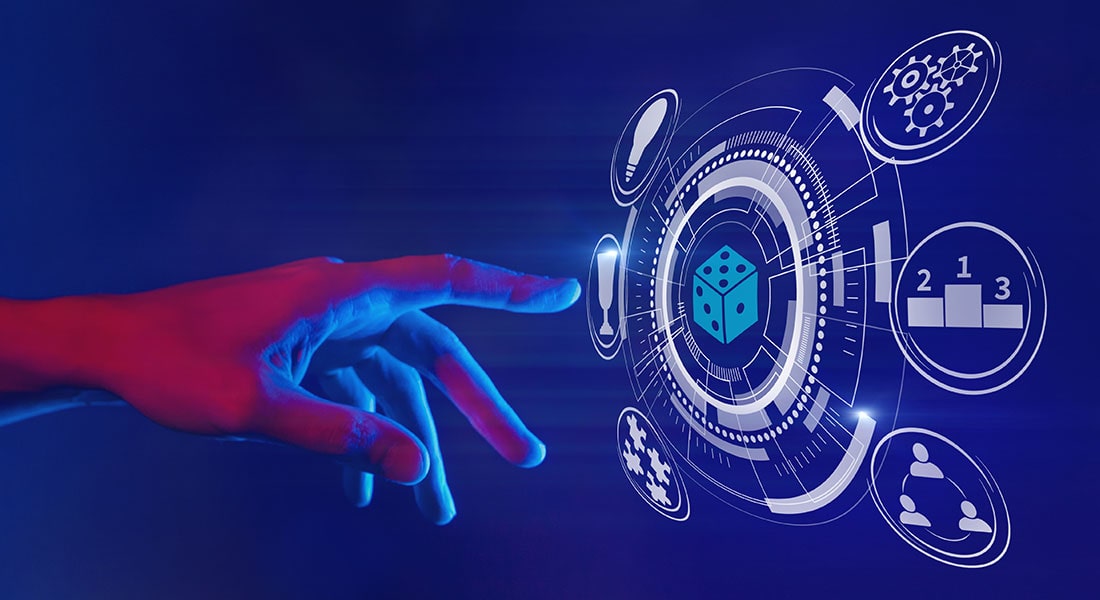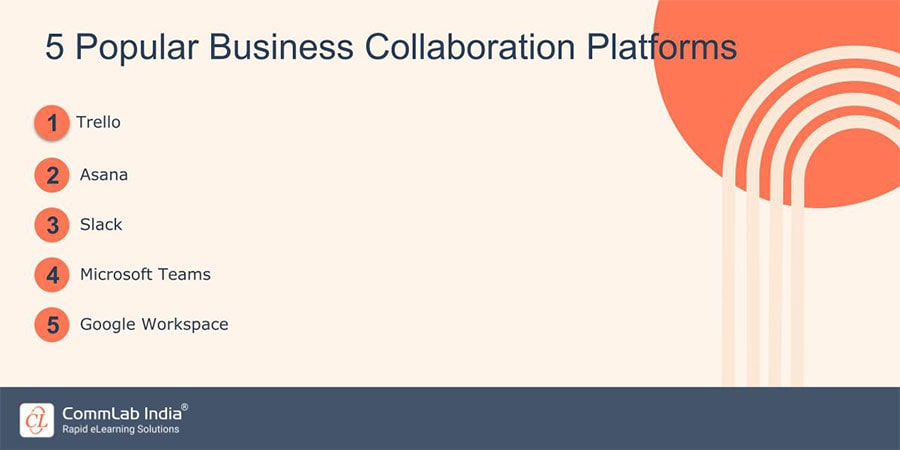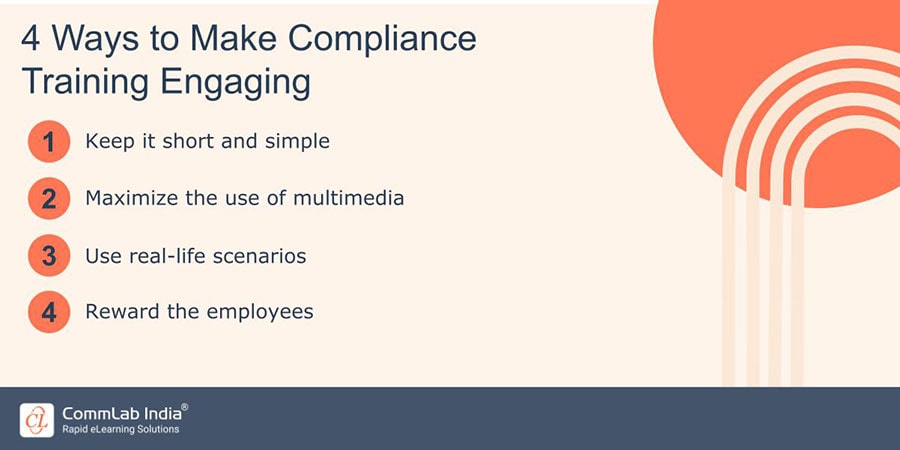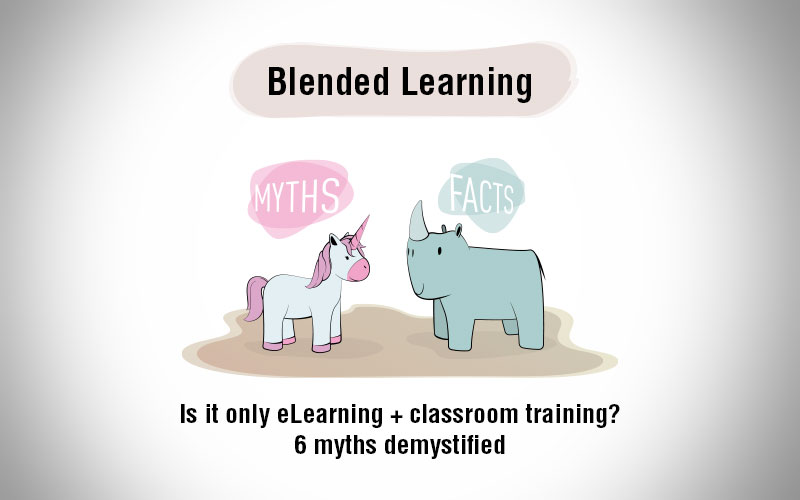Exploring The Powerful Benefits of Gamification in Bite-Sized Learning

In today's competitive business landscape, employee engagement is no longer a perk; it's a necessity. Engaged employees are more productive, innovative, and loyal, leading to a significant boost in a company's bottom line. However keeping employees engaged, especially with traditional training methods, can be a challenge. This is where gamification and bite-sized learning come together to create a powerful solution.
Do you Want to Know the Benefits of Gamification in Bite-Sized Learning?
Here are a few of them -
- Increased motivation
- Improved knowledge retention
- Enhanced problem-solving skills
- Boosts confidence
- Promotes teamwork and collaboration
The Importance of Employee Engagement
Employee engagement refers to the level of emotional commitment an employee has to their organization and its goals. Highly engaged employees are not just working to fulfill their job descriptions; they are invested in the company's success and are actively working towards its goals. This translates to several benefits, including:
- Increased Productivity: Engaged employees are more focused and motivated, leading to higher output and better results.
- Improved Quality: Engaged employees take pride in their work and are more likely to go the extra mile to ensure quality.
- Enhanced Innovation: Engaged employees are more likely to think creatively and come up with new ideas to solve problems.
- Reduced Turnover: Engaged employees are happier and more satisfied in their roles, leading to lower turnover rates.
- Stronger Customer Satisfaction: Engaged employees are more likely to provide excellent customer service, leading to higher customer satisfaction.
→ Register for Webinar Now: Gamification and AI
Introducing Gamification: Making Learning Fun and Engaging
Gamification is the process of applying game-like elements and principles to non-game contexts. Think points, badges, leaderboards, challenges, and rewards – all designed to make learning more fun, engaging, and motivating.
Here's how gamification benefits employee training:
- Increased Motivation: Gamification elements like points, badges, and leaderboards create a sense of healthy competition, motivating employees to learn and progress.
- Improved Knowledge Retention: Interactive learning experiences offered by gamification help employees retain information better compared to passive learning methods.
- Enhanced Problem-Solving Skills: Gamified training scenarios can simulate real-world situations, allowing employees to practice problem-solving skills in a safe environment.
- Boosts Confidence: Completing challenges and achieving goals within the gamified training program instills a sense of accomplishment and boosts employee confidence.
- Promotes Teamwork and Collaboration: Gamification can be designed to encourage teamwork and collaboration, fostering positive relationships among employees. As a bonus, here are a few collaboration platforms you can use.

The Synergy Between Gamification and Bite-Sized Learning
Bite-sized learning refers to delivering training content in short, focused modules. This approach aligns perfectly with the fast-paced nature of today's work environment and caters to shorter attention spans.
Gamification elements can be seamlessly integrated into bite-sized learning modules to create a powerful learning experience. Here's how:
- Micro-Challenges: Break down complex topics into smaller, gamified challenges that employees can complete in short bursts.
- Points and Badges: Award points for completing modules and badges for achieving milestones, fostering a sense of accomplishment.
- Leaderboards: Create friendly competition by displaying leaderboards for individual or team performance on training modules.
- Unlockable Content: Allow employees to unlock additional learning content or rewards by completing specific modules or challenges.
- Scenario-Based Learning: Develop gamified scenarios that mimic real-world situations, allowing employees to apply their learning in a practical context.
Creating Engaging and Effective Training Programs
By combining gamification with bite-sized learning, you can create training programs that are not only informative but also highly engaging and effective. Here are some key considerations:
- Identify Learning Objectives: Clearly define the knowledge, skills, or attitudes employees should gain from the training program. Watch this video to understand more about learning objectives.
- Target the Right Audience: Tailor the gamification elements and content to the specific needs and interests of the target audience.
- Balance Challenge and Reward: Make sure the challenges are achievable but still motivating, and the rewards are valuable enough to incentivize participation.
- Focus on Progress, Not Perfection: Gamification should promote a growth mindset, encouraging employees to learn from their mistakes and keep improving.
- Feedback and Recognition: Provide regular feedback on performance within the gamified training program and recognize achievements to keep employees motivated.
- Technology: Choose the right gamification platform or learning management system (LMS) that supports gamification features and allows for easy integration of bite-sized modules.
- Analytics and Reporting: Track data on employee engagement, knowledge retention, and overall training effectiveness to identify areas for improvement.
- Continuous Optimization: Regularly evaluate and refine your gamified training program to keep it fresh, relevant, and motivating for employees.
Use Cases: Gamification in Action
Here are a few examples of how companies are using gamification and bite-sized learning to create engaging and effective training programs:
- Sales Training: A company can develop a gamified sales training program where employees complete micro-challenges on product knowledge, objection handling, and closing techniques. Earning points and badges can unlock access to additional sales resources or rewards.
- Compliance Training: Gamification can make compliance training less tedious. Employees can answer short quizzes, complete interactive scenarios, and earn points for achieving compliance milestones. Leaderboards can be used to encourage friendly competition and knowledge sharing.

- Soft Skills Training: Gamified training modules can be developed to help employees improve communication, teamwork, and problem-solving skills. Role-playing scenarios with points and badges can create a safe and engaging environment for practicing these skills.
- Onboarding Programs: Gamification can be used to create a more engaging onboarding experience for new employees. Earning points and badges for completing tasks and learning modules can help them feel more confident and integrated into the company culture.
Wrapping Up!
In today's competitive landscape, keeping employees engaged is crucial for a company's success. Gamification, when combined with bite-sized learning, offers a powerful solution to create engaging and effective training programs. By leveraging game-like elements and delivering content in digestible chunks, you can make learning fun, motivating, and results-driven. As you might already be aware of the exponential growth of AI these days, it can also be clubbed really well with gamification. Here’s an upcoming webinar to help you understand more about this dynamic duo, register now!



![6 Amazing Benefits of Developing Content in HTML5 [Infographic]](https://blog.commlabindia.com/hubfs/Imported_Blog_Media/6-benefits-of-developing-content-in-html5-infographic.jpg)

